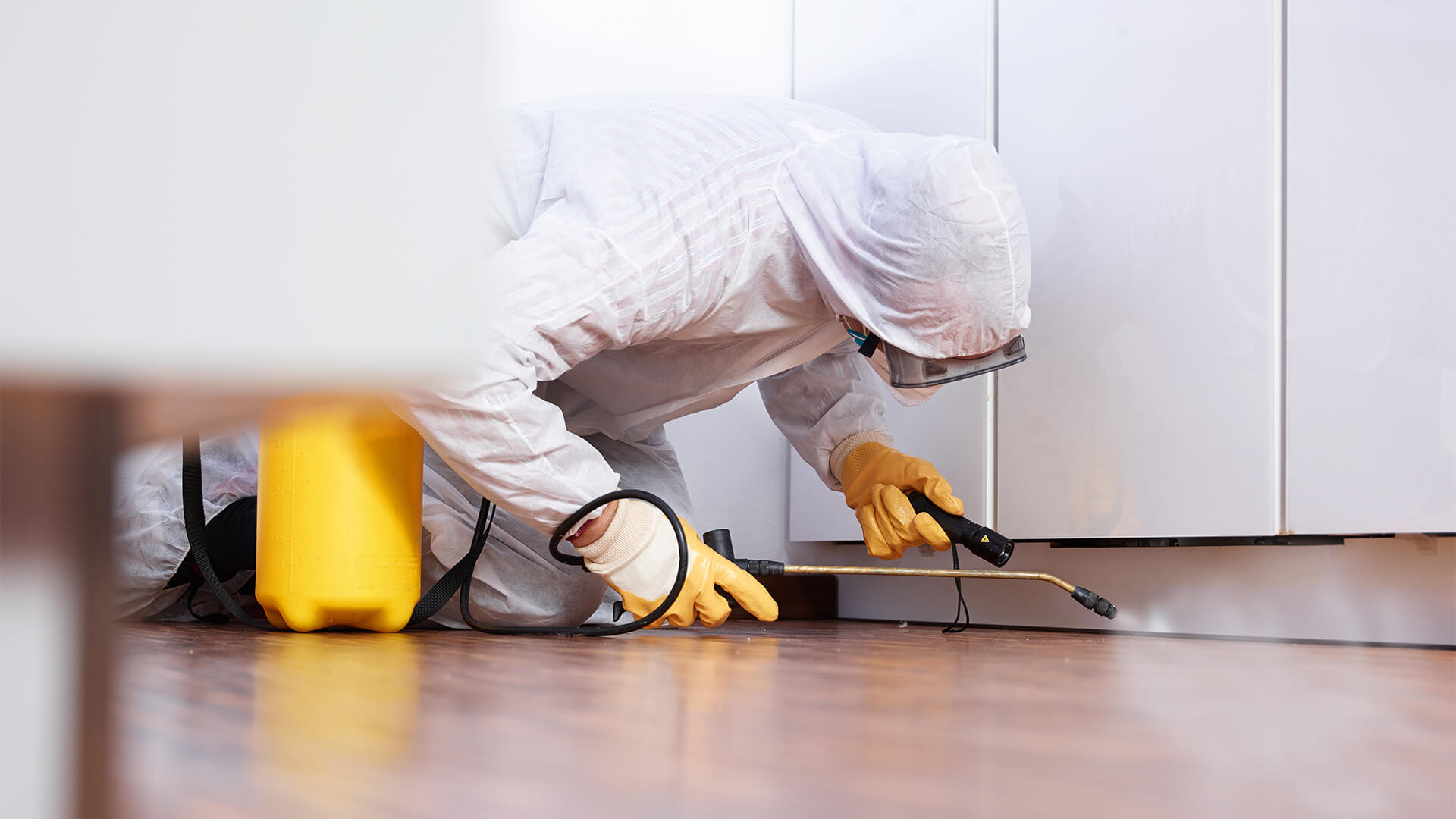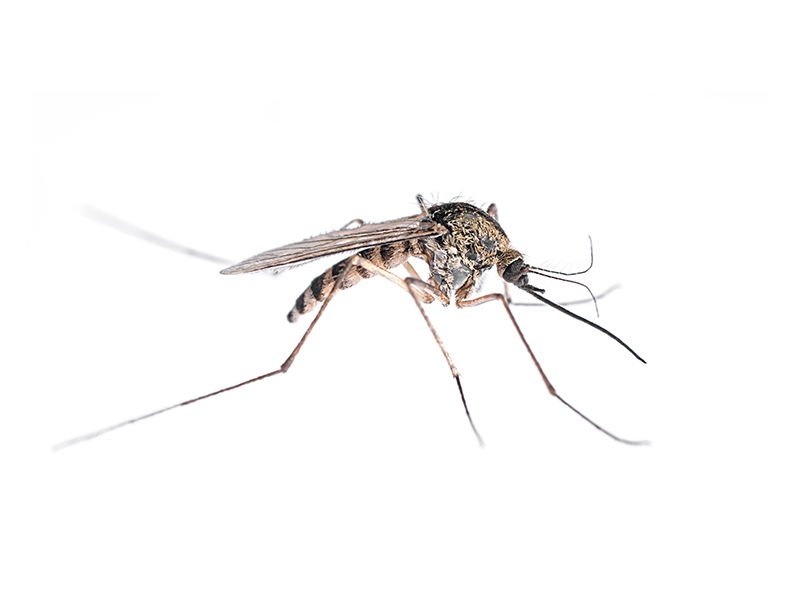Eco-Friendly Pest Control Approaches for Handling Wildlife in Urban Areas
Urban areas frequently discover themselves at the junction of human activity and wildlife, causing one-of-a-kind challenges in bug monitoring. Green strategies stress lasting conjunction, employing strategies such as environment adjustment and all-natural repellents to minimize human-wildlife conflicts. These methods not only shield the setting but likewise enhance area involvement in wild animals monitoring. As urban populations continue to expand, understanding the characteristics of wild animals communications comes to be increasingly crucial. What ingenious methods can be implemented to ensure both environmental equilibrium and urban security? Discovering this inquiry reveals an engaging landscape of prospective options.
Understanding Urban Wild Animals Characteristics
Understanding Urban Wildlife Dynamics is crucial for establishing reliable and environmentally friendly parasite control strategies. Urban areas are progressively ending up being environments for various wild animals types, driven by factors such as habitat fragmentation, food schedule, and human infringement. Identifying these characteristics permits a nuanced approach to pest monitoring that straightens with environmental principles.
Urban wildlife typically consists of types such as raccoons, squirrels, and birds, which adjust to city atmospheres, discovering specific niches in environment-friendly spaces, parks, and also domestic locations. Their existence can bring about conflicts with humans, particularly when they make use of personnels for food and sanctuary. Recognizing the habits and environmental roles of these varieties educates approaches that reduce adverse interactions while advertising biodiversity.
In addition, recognizing the interdependencies within city environments assists in identifying important locations for habitat preservation and repair. This understanding adds to the growth of integrated pest administration (IPM) strategies that think about the eco-friendly equilibrium, consequently minimizing reliance on harmful chemicals. By promoting conjunction in between humans and metropolitan wildlife, cities can develop much healthier settings that profit both locals and regional environments, leading the way for lasting urban living.
Natural Repellents and Deterrents
All-natural repellents and deterrents supply a lasting choice to traditional insect control methods by using the power of nature to keep undesirable varieties at bay. These eco-friendly solutions normally use plant-based components, crucial oils, and other naturally taking place substances that prevent pests without harming the environment.
One reliable natural repellent is peppermint oil, which is understood to repel rodents and insects. Its strong scent is undesirable to lots of insects, making it a preferred choice for metropolitan setups. In a similar way, vinegar and citrus peels can offer as deterrents, as their solid odors are normally uninviting to various wildlife.
Additionally, diatomaceous earth is a natural powder that can be spread out in areas prone to insect task, efficiently dehydrating and hindering bugs without posturing dangers to non-target varieties. In addition, garlic sprays and neem oil are recognized for their capacity to ward off a wide variety of parasites, including both bugs and bigger wild animals.
Implementing these all-natural repellents not only lowers reliance on chemical pesticides but additionally promotes a much healthier city community, cultivating a more well balanced coexistence in between people and wildlife. By using these approaches, metropolitan areas can properly handle parasite populations while minimizing ecological impact.
Habitat Alteration Strategies
Efficient environment modification techniques play a critical role in sustainable bug management by altering the setting to make it much less conducive to pest problems. By understanding the eco-friendly dynamics of metropolitan areas, residential or commercial property owners can carry out tactical modifications that discourage pests while promoting biodiversity.
(Mouse Control)One primary strategy includes keeping proper hygiene. This consists of regular waste elimination, safeguarding trash can, and getting rid of standing water to lower reproducing websites for insects and rodents. In addition, landscaping practices such as choosing indigenous plants can boost ecological balance, offering environments for advantageous microorganisms while lessening resources for parasites.
One more essential technique is to seal entrance points in buildings. Examining and fixing fractures in structures, wall surfaces, and windows can considerably minimize insect accessibility. Producing physical obstacles, such as fences or plant buffers, can hinder wildlife motion into human-inhabited locations.
Integrated Pest Monitoring Practices
Structure upon environment alteration techniques, integrated parasite administration (IPM) techniques use an alternative approach to regulating bug populaces while minimizing environmental impact. IPM incorporates various strategies, including organic, social, mechanical, and chemical controls, to achieve efficient parasite monitoring.
Organic control includes the intro of natural predators or bloodsuckers to lower parasite populaces. Social methods, such as plant rotation and sanitation, interfere with pest life cycles and lessen their habitats - Pest Control. Mechanical controls, like traps and barriers, supply instant alleviation from insect stress without chemical intervention
Chemical controls are utilized as a last hope, concentrating on targeted applications that limit injury to non-target types and the atmosphere. The option of ecologically friendly chemicals, when needed, is important to the IPM Look At This framework. Furthermore, keeping track of pest populations and evaluating possible damages helps educate decision-making, ensuring that interventions are timely and efficient.
Community Participation and Education And Learning

(Tentless Termite Treatment)Workshops and educational sessions can furnish citizens with knowledge concerning indigenous species, habitat preservation, and reliable safe parasite administration methods. Partnership with schools, regional companies, and government firms additionally boosts academic outreach, making certain that necessary info reaches varied target markets.
In addition, community-led initiatives, such as community clean-up days and environment repair projects, not just promote biodiversity however additionally enhance area ties. Pest control service. By encouraging citizens to share their experiences and monitorings, neighborhoods can develop targeted approaches that address details local insect problems
Incorporating responses from locals into pest monitoring plans enables a much more responsive and flexible method to wildlife obstacles. Ultimately, informed and engaged neighborhoods are essential to attaining long-term success in green insect control, bring about much healthier metropolitan atmospheres that value both human and eco-friendly requirements.

Conclusion
In final thought, environment-friendly bug control comes close to deal sustainable services for managing city wild animals. By focusing on environment alteration, using natural repellents, and carrying out integrated bug administration techniques, areas can promote a harmonious conjunction with local animals.